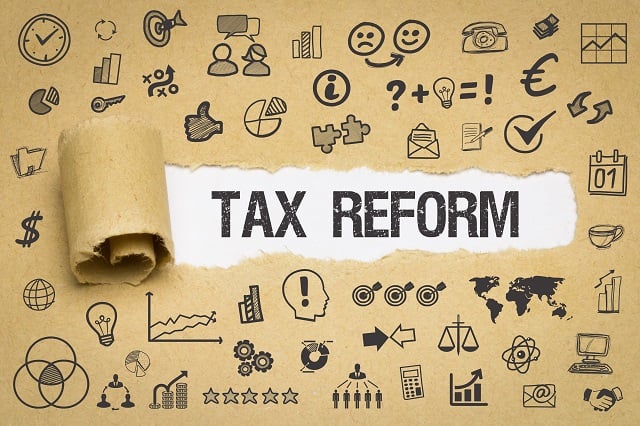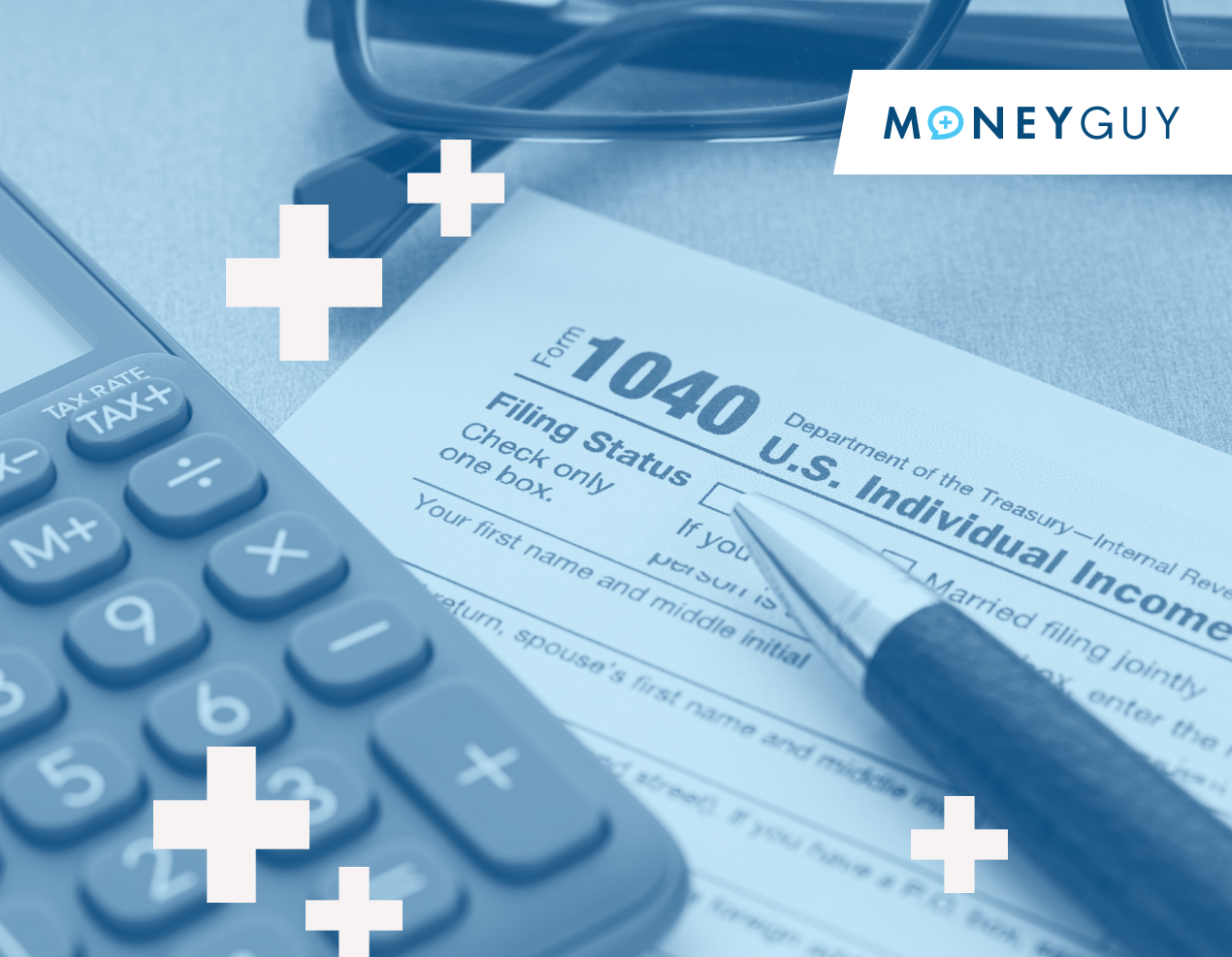 Tax reform was passed into law before Christmas this year, and it has people all across the country scrambling to find out how it impacts them and if there is anything they should do before January 1, 2018.
Tax reform was passed into law before Christmas this year, and it has people all across the country scrambling to find out how it impacts them and if there is anything they should do before January 1, 2018.
We cover the tax reform changes in full detail in this week’s Money Guy Show podcast episode airing on Friday, December 29, but here’s a quick overview of the tax planning opportunities you should consider taking advantage of before and after the New Year. You’ll have to move fast on some of these money moves.
Here are five tax planning moves you can make before and when the Tax Cuts and Jobs Act of 2017 kicks in on January 1.
-
Stack Charitable Contributions
The deduction for charitable deductions remains, but you still have to itemize them in order to deduct them on your tax return. Because itemized deductions will increase in 2018, more people will take the standard deduction, which eliminates your ability to claim itemized deductions. Itemized deductions will go from $6,500 for individuals, $9,550 for heads of households (HOH), and $13,000 for married couples filing jointly, to $12,000 for individuals, $18,000 for HOH, and $24,000 for married couples filing jointly.
If you’re married with a combined income of $150,000 annually and you give away 10 percent ($15,000) of your income to your church or local charity, consider stacking your contributions under the new tax law so you can claim the itemized deduction. In other words, rather than making a yearly contribution of $15,000, make a bi-yearly contribution of $30,000 so you can claim the deduction.
-
Claim Miscellaneous Deductions Now
While plenty of deductions remain, miscellaneous deductions are disappearing. This means if you claimed tax deductions for unreimbursed business expenses, moving expenses, or even tax preparation expenses, pay for as many of them now as you can before the end of the year.
-
Prepay Property and Income Taxes (if you can)
If you live in what is considered a high tax state, such as California, New York, New Jersey, Connecticut, and Washington, D.C., you may want to consider paying your property and income taxes before year end. Under TCJA, property and income tax deductions are capped at $10,000.
Look at your last year’s tax return, and if you paid over $10,000 for your real estate and income taxes, paying off your property taxes before year end is likely a smart money move you can make so you can claim the full deduction on your 2017 tax return. You can access your county’s website to see your current tax bill, and you can usually pay online via credit card or electronic check.
-
Defer or Accelerate Income
While TCJA still features seven tax brackets, they are slightly modified from the existing tax law. If you find yourself in a higher tax bracket next year due to the adjustments, consider deferring or accelerating your income if you’re able to control it like someone who self-employed or earns a commission.
As an example, a married couple filing jointly earning $100,000 a year would find themselves in the 25 percent tax bracket in 2017, but in the 22 percent tax bracket in 2018. Therefore, if you were in a position to defer income until after the New Year you could take advantage of your lower tax rate.
-
Get Going With That 529 Plan
As if 529 plans weren’t already appealing. Under TCJA, they are even more attractive because you can now use a 529 plan toward private K through 12 education expenses, not just college.
Conclusion
Until TCJA starts, we won’t all fully feel the long-term tax impact on our individual wallets. That being said, these five areas can offer tax opportunities with a little hustle in some cases (like prepaying those property and income taxes) and foresight. Our recommendation is to review your financial plan with your financial advisor under the new tax lens as soon as possible to make sure you take advantage of new tax opportunities and avoid incurring extra taxation you can offset with thoughtful planning.












